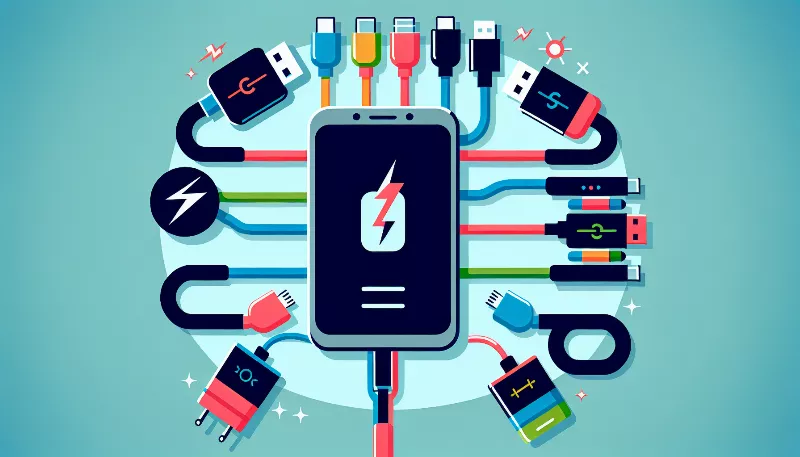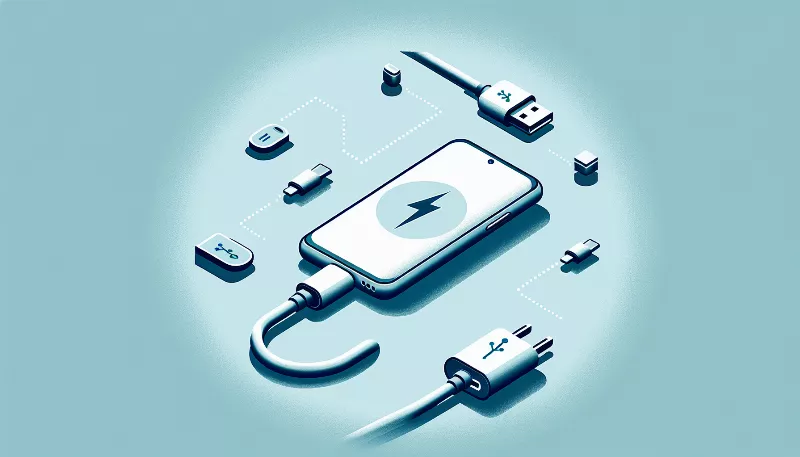What are the key factors to consider when purchasing a portable power bank?
Discover essential tips for choosing the best portable power bank. Capacity, size, ports, and durability—find your ideal match for on-the-go charging!

Introduction to Portable Power Banks
Imagine you're on a long hike, capturing nature's beauty with your smartphone camera, or in the middle of an important call when suddenly your device flashes the dreaded low battery warning. In moments like these, a portable power bank can be your best friend, providing that much-needed juice to keep your devices alive. But with a plethora of options available in the market, how do you choose the right one? Let's dive into the key factors you should consider to make an informed decision!
Capacity: The Heart of the Power Bank
The capacity of a power bank is measured in milliampere-hours (mAh) and indicates the amount of charge it can hold. It's essential to select a power bank with enough capacity to charge your device fully, preferably multiple times. However, remember that higher capacity often means a larger size and weight, so balance your needs with portability.
Output Power: Speed of Charging
Another critical factor is the output power, measured in watts (W). A higher output means faster charging times for your devices. If you own gadgets that support fast charging, look for a power bank that can deliver the necessary power to take advantage of this feature. Multiple outputs can also allow you to charge several devices simultaneously, a real time-saver!
Input Power: Recharging the Power Bank
Just as important as output is the input power, which determines how quickly the power bank itself can be recharged. If you're always on the go, you'll want a power bank that can recharge quickly. Look for options with high input power and consider the type of input port, such as USB-C, which typically allows for faster recharging.
Portability: Size and Weight Matter
Portability is a significant consideration, especially if you're always on the move. A compact and lightweight power bank is easier to carry around but may have less capacity. Conversely, higher-capacity models are bulkier. Think about your daily activities and choose a size and weight that won't be a burden.
Durability and Build Quality
A robust power bank can withstand the occasional drop and resist wear and tear. Look for models with a sturdy build and consider additional features like water resistance if you're an outdoor enthusiast. A well-constructed power bank is an investment that will serve you well over time.
Brand and Price: The Value Equation
While it might be tempting to go for the cheapest option, reputable brands often offer better quality, reliability, and customer support. They may also provide warranties, which can be invaluable. Balance the cost with the brand reputation and the features offered to ensure you're getting the best value for your money.
Additional Features
Modern power banks come with various additional features such as built-in cables, LED flashlights, or wireless charging capabilities. While these features might not be essential, they can add convenience and versatility to your power bank. Consider which extra features align with your lifestyle and whether they justify any additional cost.
Conclusion: Empower Your Choice
Choosing the right portable power bank boils down to understanding your needs and the features that will best meet them. Consider the capacity, charging speed, portability, durability, brand reputation, price, and any additional features that might enhance your experience. With these factors in mind, you'll be well-equipped to select a power bank that won't let you down when you need it most. Happy charging!










